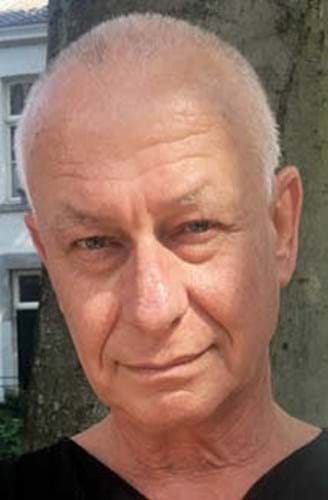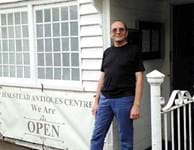
1. How did you get your start?
I started in tribal art in the early 1980s during my travels in Asia.
It started with ethnic textiles, since they were more ‘moveable’ than objects. I sold to galleries to finance my travel and later on had a booth at the Waterlooplein flea market in Amsterdam.
After I worked for 10 years in the travel business as a tour guide, I opened my gallery Karavanserai in Maastricht in 1995.
2. How have your offerings changed?
As a lover of modern and contemporary art, I started to realise that the concepts behind it and real primal art from Africa and Asia are actually the same.
That fascinated me. Later on, I started to specialise more in the primitive art of the Himalayas, which is so close to the ancient animistic and shamanistic art from central and north Asia and the ancestor worship from south-east Asia.
3. Why do you exhibit at Tribal Art London?
This is my seventh time participating. Fairs in general are events where it’s possible to meet new people. Although Paris is the centre of the tribal art trade at the moment, it’s important as the only specialised fair in Britain.
4. When do you worry about the state of the trade?
Real collectors are dying out and it is difficult to reach young potential collectors. Young people are not so interested in collecting any more and I am worried when it is no longer considered sexy.
5. Real ale or espresso martini?
Westmalle Tripel beer from Belgium.
If you would like to be featured in 5 Questions, please contact francesallitt@antiquestradegazette.com














